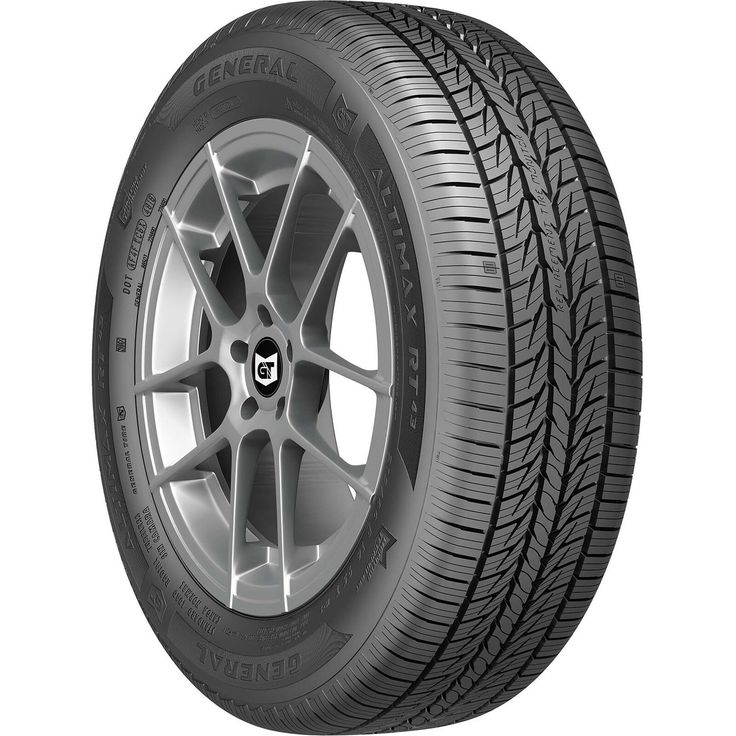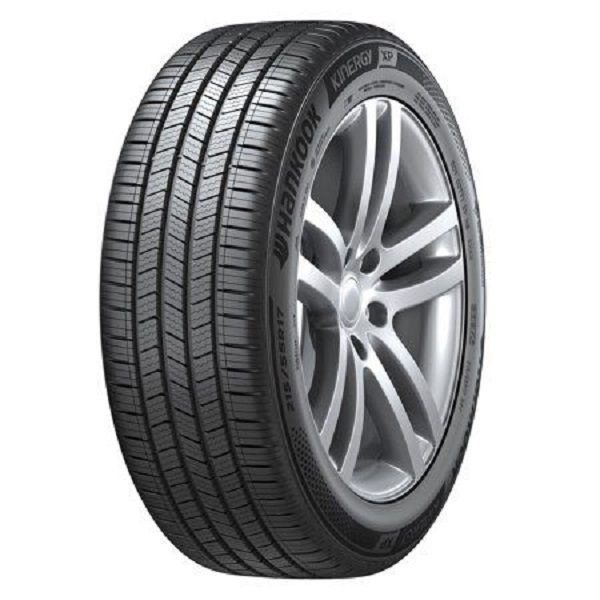The Importance of Spare Tires for Emergency Situations
Having a spare tire is essential for every vehicle owner. You never know when you might experience a flat tire or other tire-related issues. A spare tire serves as a backup to help you get to a repair shop or safe location without being stranded. In emergency situations, a spare tire can be the difference between being stuck on the side of the road and reaching your destination safely. The key benefits of having a spare tire include:

- Preparedness: No matter how short your drive is, a tire emergency can happen. A spare tire ensures you are prepared.
- Safety: With a spare tire, you can quickly address tire problems without compromising your safety or that of other drivers.
- Convenience: Having a spare tire means less waiting for roadside assistance, which can save time, especially in urgent situations.
In summary, a spare tire is a critical component of emergency preparedness in driving. It ensures you can address sudden tire damage quickly, safely, and with minimal disruption to your plans. Spare tires allow you to take immediate action in the event of a flat, which not only gets you back on the road faster but also contributes to the safety and convenience of your journey.
Understanding the Types of Spare Tires and Their Intended Usage
When it comes to spare tires, not all are created equal. There are mainly two types you might find in vehicles: the compact temporary “donut” and the full-size spare.
The compact temporary spare, often referred to as a “donut”, is smaller than a regular tire. It is designed to save space and weight in your vehicle, allowing you to continue driving for a short distance until you can reach a tire repair shop. Remember, this type of spare tire is for temporary use only, typically recommended for distances up to 50 miles and at a speed no greater than 50 mph.
On the other hand, the full-size spare matches the dimensions of your car’s regular tires. This type allows for a longer-term solution if needed. However, despite being full-sized, it’s still advisable to replace this as soon as possible with a regular tire matching the rest for consistent wear and performance.

Both types of spare tires are intended for emergency use to get you out of a tough spot. They are not meant to replace a normal tire for an extended period. It is essential to understand the limitations of your spare tire and use it accordingly to avoid any potential risks or further damage to your vehicle.
Always check your vehicle’s manual for specific guidelines on your spare tire’s use, as different manufacturers may have different recommendations. And remember, once you’re back to using your regular tires, maintenance is key to ensuring they last and keep you safe on the road.
The Lifespan of Spare Tires: How Long Can You Rely on Them?
Knowing the lifespan of spare tires is crucial for driver safety. You may wonder, “how long do spare tires last?” Typically, you should not use a spare tire for more than 50-70 miles. This rule applies to the compact ‘donut’ spares designed for temporary use. Full-size spares might last longer, but they too need replacement to ensure vehicle balance and proper performance.
Most manufacturers suggest that spare tires have a shelf life of about six to ten years, even if they’ve never touched the road. This is due to the aging of the rubber, which deteriorates over time. Be sure to check your spare regularly and be mindful of its age—even unused tires lose integrity.
The key is to use your spare tire as a temporary solution. Once you get a flat, replace it with an actual tire as soon as you can. If you have to drive on a spare, remember the limits of 50 miles and a maximum speed of 50 mph. This keeps you safe and prevents further damage to your car.

Always keep in mind that spare tires are a stopgap measure. They allow you to reach safety or a tire repair shop. They are not permanent fixtures. For enduring safety and functionality, aim to replace your spare tire with a regular one swiftly.
Regular maintenance, awareness of the age and limitations of your spare tire, and quick replacement after use are the best ways to rely on it confidently. Don’t overlook the seldom-seen spare—it could be the key to your next roadside recovery.
Factors That Affect Spare Tire Durability
Environmental Impact on Spare Tire Longevity
Spare tires degrade over time. The environment plays a key role in this. Hot summers can weaken rubber, just like cold winters can. UV rays and ozone can also speed up tire aging. This can lead to cracks and less elasticity. To keep spare tires longer, keep them away from harsh weather.
Storage Conditions for Prolonging Tire Life
How you store your spare tire matters too. A cool, dry spot is best. Avoid places with direct sunlight or high heat. This helps prevent damage. Keeping your spare away from chemicals and oils is also important. They can cause the rubber to break down.
Usage Patterns and Their Effects on Spare Tires
If you use your spare frequently, it will wear out faster. But, keeping it unused for too long isn’t good either. Tires can still age and lose integrity even if not on the road. Rotate your spare into use occasionally. This helps maintain its condition.
Tire Material and Construction Quality
The quality of the spare tire also counts. Trusted brands tend to last longer and perform better. Look for tires with reinforced sidewalls and high-quality rubber. Also, check the tread pattern. Good designs can handle various road conditions. They lead to a longer-lasting spare tire.
Identifying Signs of Spare Tire Deterioration
To ensure safety, it’s crucial to be able to spot signs that a spare tire is deteriorating. Here are key indicators to watch for:
- Tread Wear: Examine the tread depth. Shallow grooves or uneven wear suggest it’s time for a replacement.
- Sidewall Cracks: Check for cracks or cuts in the sidewall. They compromise tire integrity.
- Bulges or Blisters: These can signal weak spots that may lead to tire failure.
- Dry Rot: Look for signs of aging, like dry rot or rubber that has hardened.
- Metal Exposed: If you see metal wires, the spare tire is unsafe and must be replaced immediately.
- Air Pressure Loss: A spare that consistently loses pressure is a concern. Check it often.
Remember to visually inspect your spare tire regularly and before long trips. A spare tire in good condition is your best ally in case of a flat tire emergency. Keep in mind the phrase ‘how long do spare tires last’ as a reminder to check on your spare’s condition periodically. Pay attention to these signs can help you avoid the risk of using a degraded spare tire.
How to Properly Maintain Your Spare Tire
To ensure your spare tire is ready in an emergency, follow these maintenance tips:

Regular Tire Checks and Pressure Monitoring
Check your spare tire’s pressure once a month. Use a reliable tire gauge to make sure it meets the required psi (pounds per square inch). Inspect the tire for any visible damage like cuts, punctures, or bulges each time you check the pressure.
Optimal Storage Practices
Store your spare tire in a cool, dry place. Avoid exposure to heat, sunlight, and chemicals. If your spare is in the trunk, it should be covered and secured. This protects the tire from wear and extends its life.
Replacement Guidelines for Spare Tires
Replace your spare tire every six to ten years, even if it’s never been used. Inspect it yearly for signs of deterioration like cracks or dry rot. If you notice damage or the tire is older than ten years, replace it for safety.
Safe Driving Practices with Spare Tires
Navigating the roads with a spare tire calls for extra caution and adapted driving habits. Here we discuss the key aspects to keep in mind to ensure a safe journey.
Speed Limitations and Handling Differences
When driving on a spare tire, particularly a donut, speed and handling are impacted. Most spares should not be driven over 50 mph. This is due to their design, which is different from standard tires. They provide less traction, which affects braking and turning. It’s critical to drive slower and increase your following distance. This allows more reaction time for safe stopping.
Here’s what to keep in mind:

- Stick to the Speed Limit: Never exceed 50 mph on a donut spare. For full-size spares, follow normal speed limits cautiously.
- Increased Stopping Distance: Spare tires reduce braking efficiency. Allow more space to stop safely.
- Reduced Maneuverability: Handling can feel less responsive. Take turns slowly and avoid sudden moves.
Weather Considerations When Using a Spare Tire
Weather adds another layer of risk while on a spare tire. Wet or icy conditions reduce traction, which can be dangerous. Donut spares are especially prone to slipping. Drivers should be extra vigilant and avoid using a spare in severe weather if possible.
Keep these tips in mind during bad weather:
- Slow Down: Decrease speed further than usual to prevent losing control.
- Avoid Water Puddles: Spares are more likely to hydroplane. Stay away from standing water.
- Gentle Acceleration and Braking: Apply the gas and brakes softly to maintain control.
By understanding these limitations and adjusting your driving accordingly, you can drive more safely on a spare tire. Remember, a spare is a temporary fix. Always plan to replace it with a regular tire promptly.
